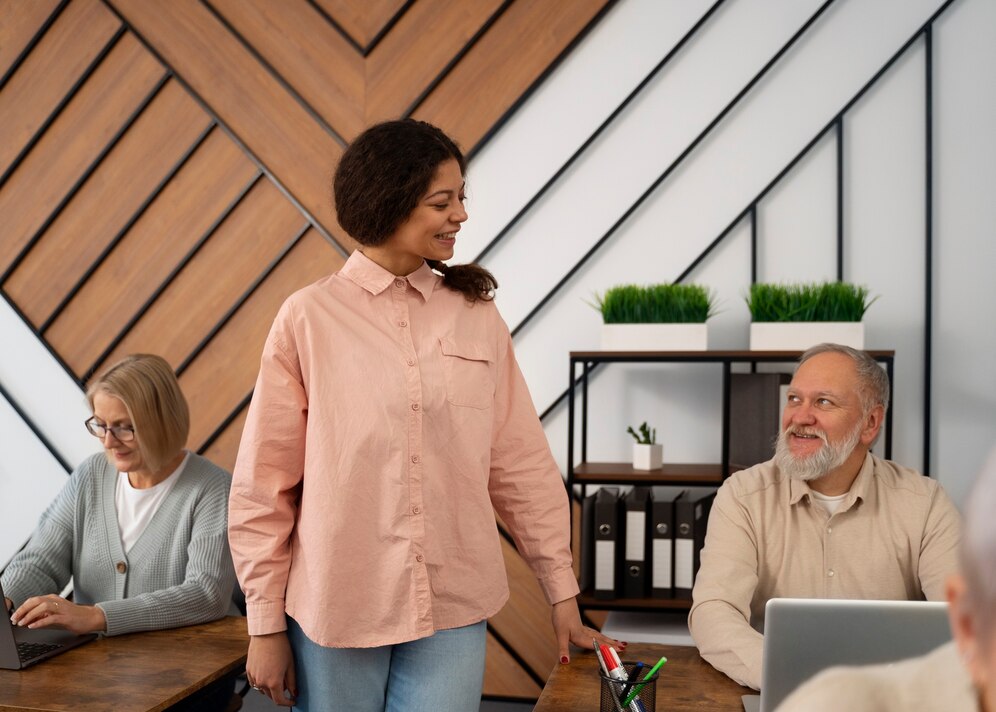Creating a safe, comfortable, and accessible living environment is crucial for seniors who wish to age in place. This guide explores essential home modifications that promote independence and enhance well-being for elderly individuals.
Understanding Ageing in Place
Ageing in place refers to the ability of seniors to live in their own homes safely and independently, rather than moving to assisted living facilities or nursing homes. As people age, their physical capabilities may change, making certain home modifications necessary to accommodate their evolving needs.
Essential Home Modifications for Safety
1. Bathroom Safety
The bathroom can be a hazardous area for seniors due to the risk of slips and falls. Implementing the following modifications can significantly enhance bathroom safety: - Grab bars: Installed near the toilet and shower to provide support and stability. - Non-slip flooring: Reduces the risk of slipping on wet surfaces. - Shower chairs and handheld showerheads: Allow for seated showers and improved accessibility.
2. Improved Lighting
Adequate lighting is essential to prevent accidents and improve visibility. Consider the following lighting enhancements: - Motion-sensor lights: Automatically illuminate dark areas, reducing the risk of tripping. - Brighter bulbs and additional light fixtures: Ensure all areas of the home are well-lit. - Nightlights: Provide soft lighting in hallways and bedrooms for nighttime navigation.
3. Staircase Modifications
Staircases can be challenging for seniors with reduced mobility. The following modifications can make stairways safer: - Handrails on both sides: Offer extra support for balance and stability. - Stair lifts or elevators: Provide an alternative to climbing stairs. - Non-slip treads: Add traction to prevent slips.
4. Accessible Kitchen Design
An accessible kitchen ensures seniors can continue to prepare meals safely. Key kitchen modifications include: - Lowered countertops and cabinets: Make it easier for individuals using wheelchairs or walkers to reach items. - Pull-out shelves: Provide easier access to stored items. - Touch-control faucets: Simplify turning the water on and off.
Enhancing Well-being and Comfort
Home modifications should not only focus on safety but also on enhancing overall well-being and comfort.
1. Comfortable Living Spaces
Creating comfortable and inviting living spaces can positively impact seniors' quality of life. Consider the following adjustments: - Ergonomic furniture: Reduces strain and promotes proper posture. - Cozy seating areas: Encourage relaxation and socialization. - Adjustable beds: Provide personalized comfort and support.
2. Smart Home Technology
Integrating smart home technology can improve convenience and safety for seniors. Popular options include: - Voice-activated devices: Allow seniors to control lights, thermostats, and alarms using voice commands. - Medical alert systems: Provide emergency assistance at the press of a button. - Home security systems: Ensure seniors feel secure in their homes.
3. Outdoor Accessibility
Creating an accessible outdoor space can encourage seniors to spend time outside, promoting physical activity and mental well-being. Consider the following modifications: - Ramps instead of stairs: Provide easy access to gardens and outdoor areas. - Even and slip-resistant pathways: Ensure safe navigation.
Conclusion
Aging in place offers seniors the comfort of living in familiar surroundings while maintaining independence. By implementing essential home modifications, caregivers and family members can create a safe, comfortable, and accessible living environment that promotes well-being and independence for seniors.
For more tips on creating a senior-friendly home environment, check out our guides on Creating a Healthy Home Environment and Creating a Pain-Friendly Home: Tips and Tricks.




